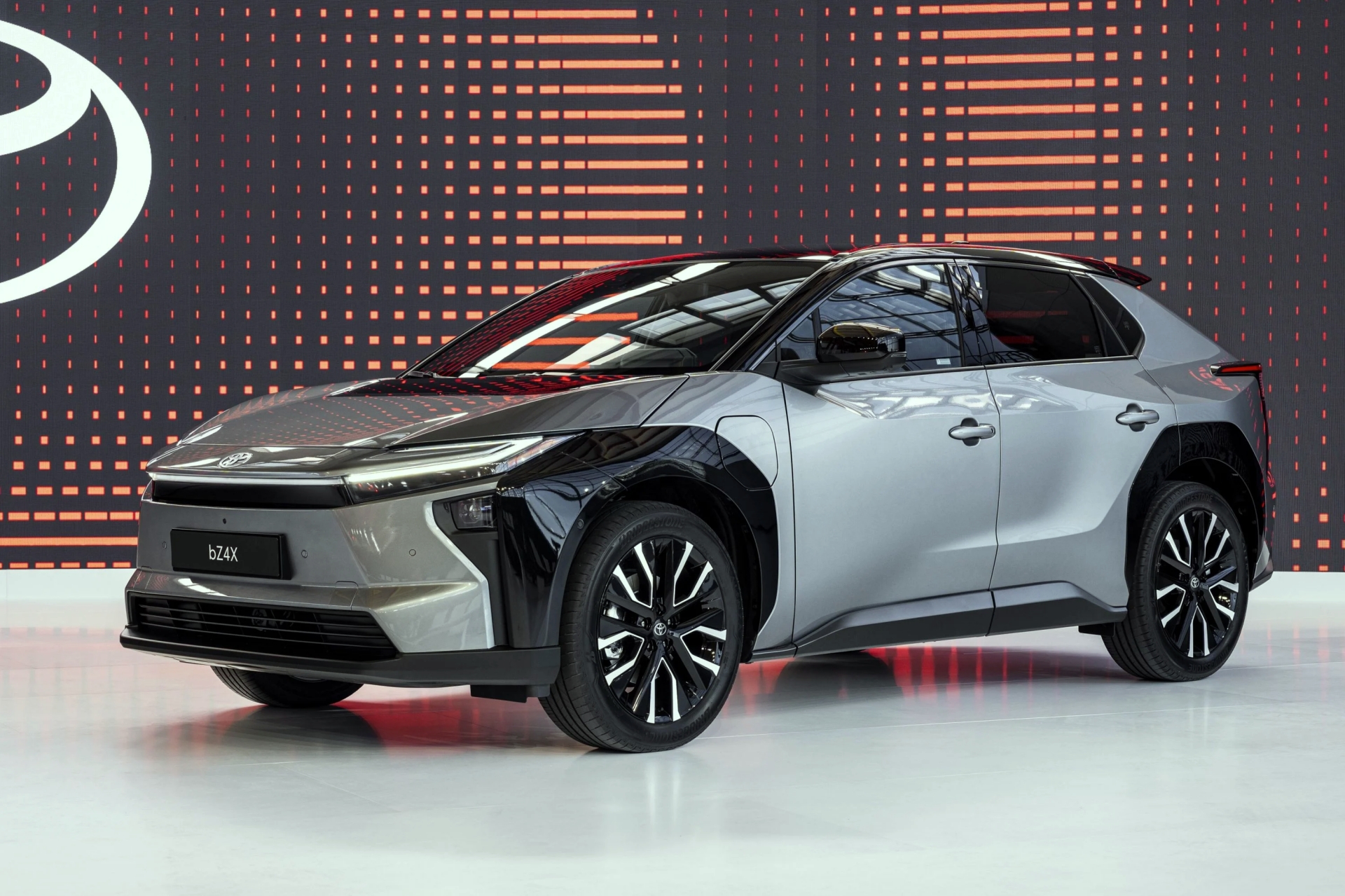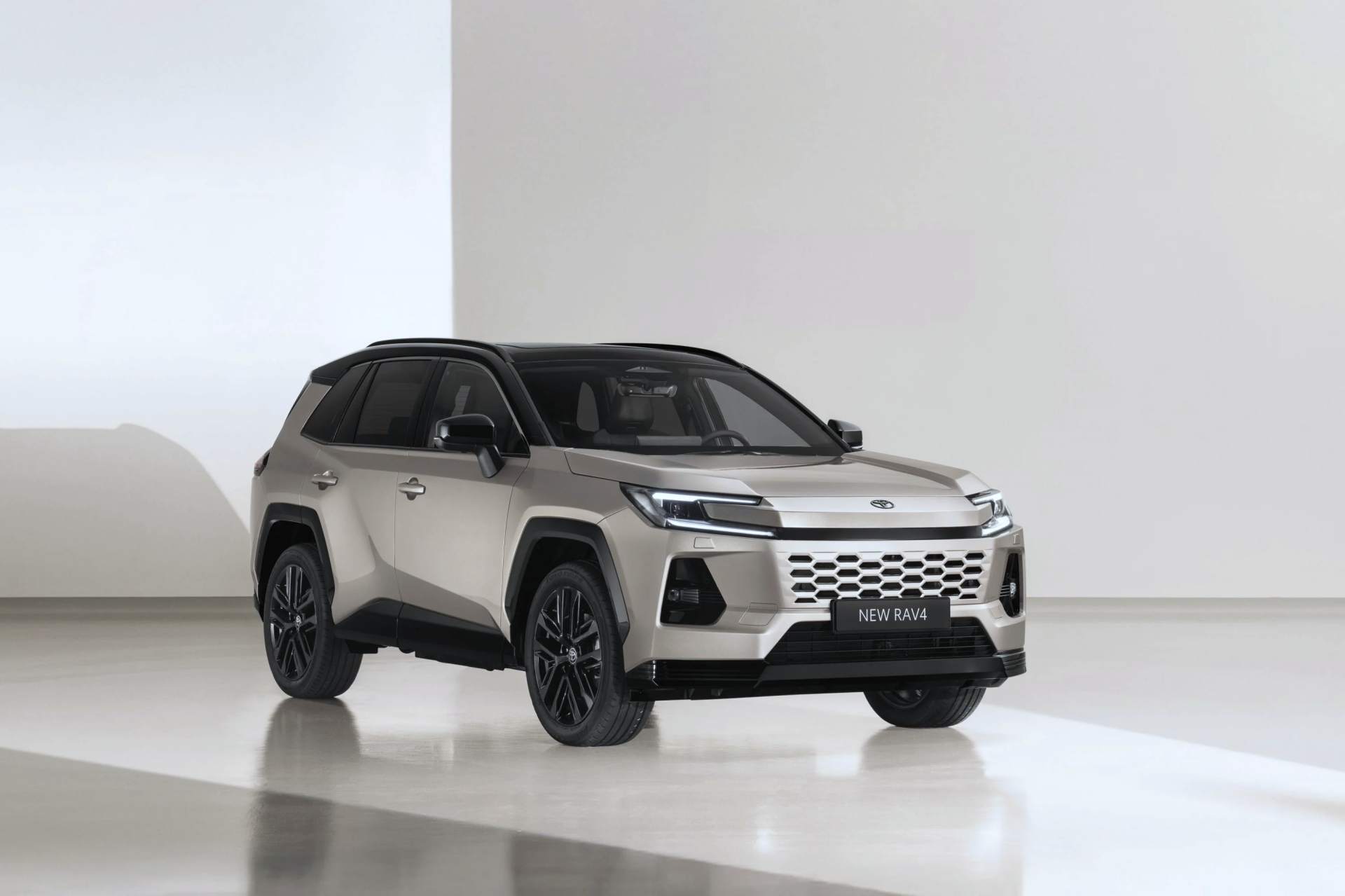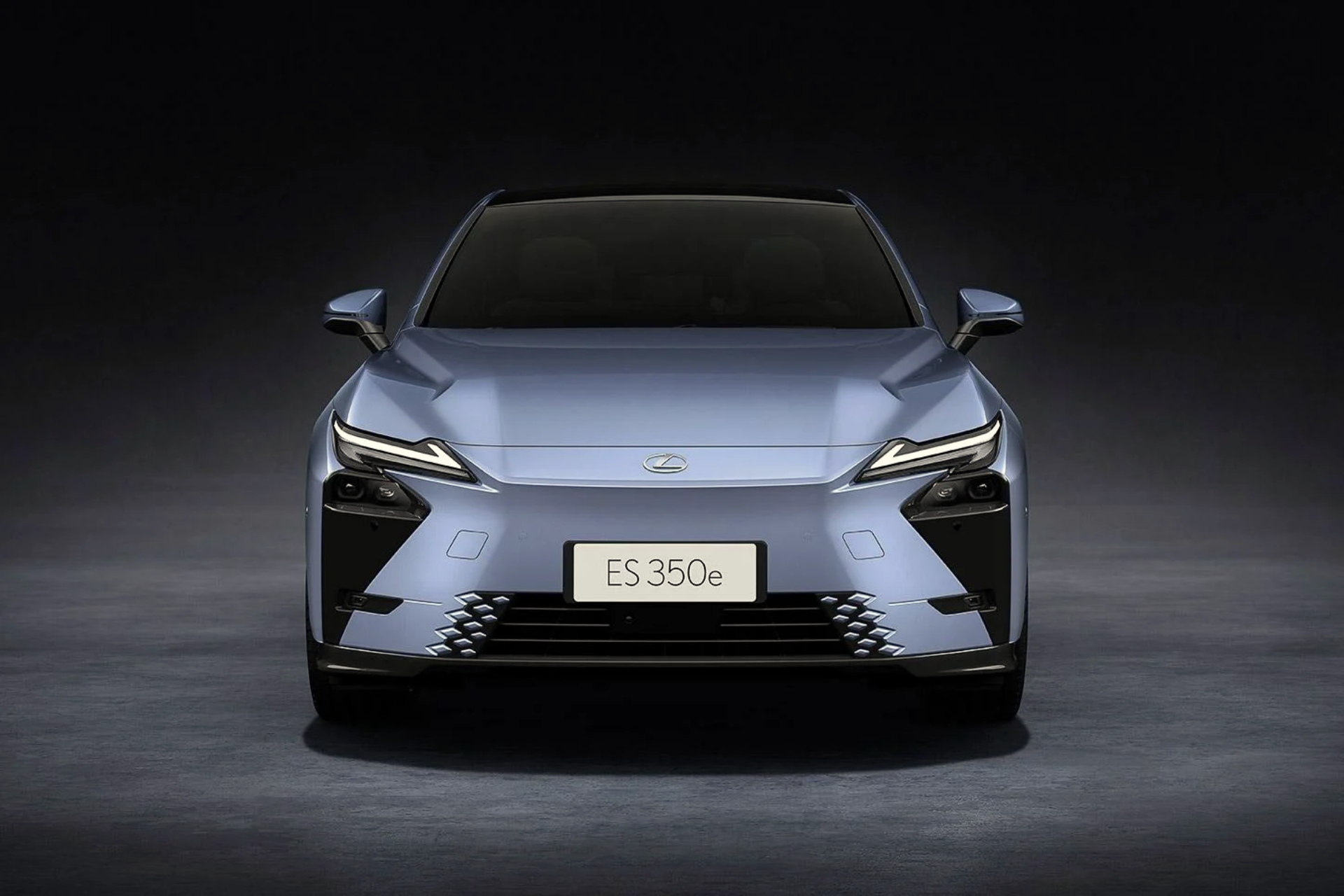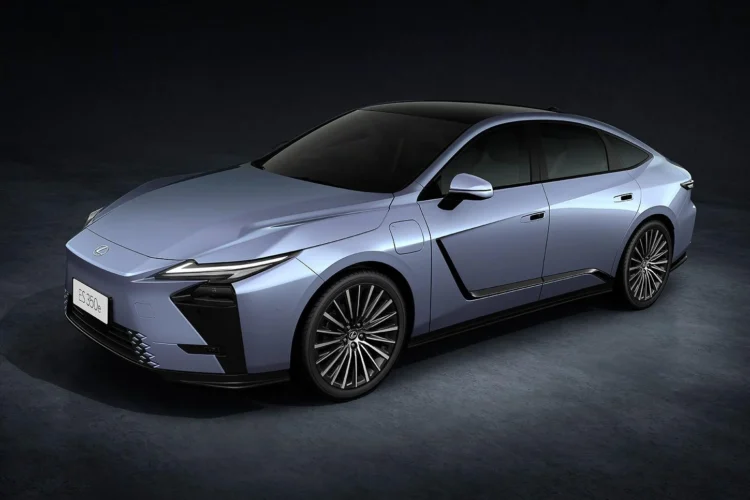Toyota and Lexus have been developing standalone EVs and ICE vehicles on separate platforms since the introduction of its first electrified models. However, both the companies, have announced plans to streamline their electric vehicle (EV) and internal combustion engine (ICE) lineups.
Instead of producing separate models for each powertrain type, the automakers will offer multiple powertrain options—such as EV, hybrid, and ICE—within a single vehicle architecture. These options will be presented as variants of a unified model, simplifying production and enhancing customer choice.

For example, models such as the bZ4X, C-HR+, and Lexus RZ were designed as dedicated EVs. Meanwhile plug-in hybrid electric vehicles (PHEVs) and hybrid electric vehicles (HEVs) continued to be built on separate distinct platforms.
This approach allowed engineers to optimize EV packaging—enabling longer wheelbases, larger battery capacities, and more interior space for passengers. However, Andrea Carlucci, head of marketing and planning for Toyota Europe notes that offering unique EV models alongside ICE vehicles within the same segment can lead to consumer confusion.

Moving forward, the upcoming Lexus ES will be the first model to implement Toyota’s new unified strategy, built on the versatile TNGA-K platform. This architecture supports both hybrid electric (HEV) and fully electric (EV) powertrains, along with front-wheel drive (FWD), rear-wheel drive (RWD), and all-wheel drive (AWD) configurations.
On the EV front, the ES 350e offers an estimated range of 483km, while the more powerful AWD ES 500e delivers 402km. For those leaning toward a hybrid, the ES 350h pairs a 2.5-liter four-cylinder engine with an electric motor, producing a combined 243hp. These options provide buyers with the flexibility of choice.

Looking ahead, popular models like the Toyota RAV4, Camry, and Lexus RX—which also use the TNGA-K platform—are expected to adopt this unified approach. As the strategy expands, we can anticipate a broader range of powertrain options across these well-established nameplates.
Nevertheless, the GR Sport segment of the automaker will not see any simplification. “We won’t simplify away the GR models. GR isn’t just profit, it’s intangible value to Toyota,” added Carlucci.
(Source: Autobuzz / Car Expert / Autoblog)


